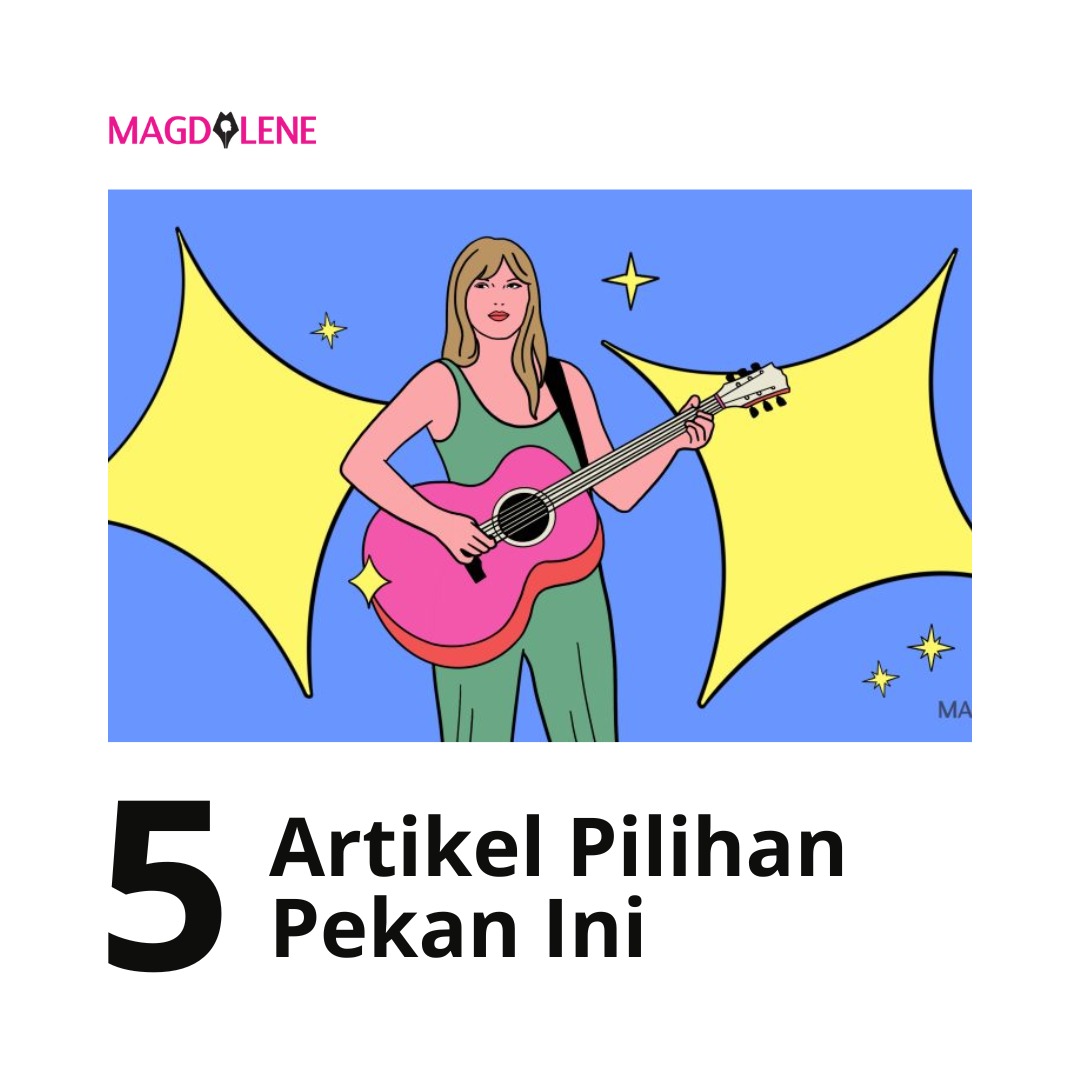The Amplitude of a Still Mind
A still mind is a key to creativity, innovation and productivity. And we have science to back this up.

Some days are clear. Others are fuzzy. Creators, innovators, and entrepreneurs need to maintain good balance. You need to be continuously in the state of equilibrium so you can be creative and productive. Is there a proven and scientific way to do so?
First things first, you’d need to realize whether your mind is “still enough” or not. If you answer “yes” to two or more of these questions, then you need to learn how to keep your mind still.
Do you feel not enthusiastic whenever you wake up in the morning?
Do you feel overwhelmed by tasks and activities?
Do you find it hard to experience peace and quiet?
Do you have mind chatter and ruminate?
Do you think about negative experiences repeatedly?
Do you feel powerless in breaking some negative patterns?

Do you have any addiction? (Such as smoking, compulsive eating, drinking alcohol, and taking other substance.)
Good thing is, the brain is plastic and influenced by many variables around us. Thus, we can manipulate our surroundings to benefit our brain and better our quality of life.
Stillness would increase our capacity to heal ourselves physically, mentally, emotionally and spiritually. In other words, stress caused by external factors can be reduced or even eliminated by practicing stillness methods. With stillness, you will be able to reach a new plateau of awareness with which you’d be able to observe more patterns in life and turn them into creative and innovative works.
But isn’t it just a New Age mumbo jumbo? Read on.
SOS (Simplicity of Stillness) by Marlise Karlin, who wrote The Simplicity of Stillness Method (Osprey Publishing, 2014), is a method that combines both eastern wisdom and western science in recreating beneficial experiences. Yoga, meditation, Tai Chi, and Chi Qong are also popular mindful exercises.
The SOS method is based on five principles of energy. And they are:
- Everything in the universe consists of energy, including human beings.
- Human beings vibrate at different frequencies depending on the levels of mental, emotional, physical, and spiritual condition.
- The universe comprises dense and subtle energies, which affect how human beings function.
- The energy field of consciousness light and peace is of high vibration and can recreate mind and body over time.
- This unified field of energy is often named “God” by believers, “The Source” by non-believers, or “The Force” by Star Trekers.
Whatever you call this unifying energy is, it does exist and affect how you perform by changing your brain-wave pattern. Beta state is the operating primary state of waking consciousness, in which most of us work and lead daily lives. Alpha state occurs when the mind is more relaxed and when we’re about to go to sleep. Delta state occurs in deep and dreamless sleep.
Theta is the pattern of dreaming sleep, which is associated with higher creativity, better memory and increased learning ability. You should aim at this state when practicing stillness. Long-term practitioners have been able to maintain this state during working waking hours. It also gives a sense of peacefulness, thus they are more peace loving in behaviors.
Filmmaker David Lynch is known as a long-term practitioner of Transcendental Meditation (TM), the method he chooses to maintain stillness. He attributed his success in life and filmmaking career to this practice. He started TM in 1973 and has been practicing twice a day ever since. Through TM, he has been able to tap into unlimited reserves of energy, creativity, and happiness within. He calls “stillness” the “pure consciousness.” Through his foundation, he has been helping individuals with PTSD symptoms to live better and more productive lives.
Dr. Bruce Lipton, a biologist and epigenetics, made an important discovery that genes don’t control life; it is environment that does. According to him, the thoughts, words, emotional, and physical environment of our ancestors are recorded in the cellular memory, thus can be passed on to us. Imagine that the fears and anxieties that our grandmother had are embedded in our cellular memory.
Now imagine excitements and joy we are experiencing are embedded in our cellular memory, which have permanent effect in our cells and are passed on to our children. Amazing, isn’t it?
Yes, how we live, what we think, and how we behave are recorded in our cellular memory and embedded in our state of being for generations. And our cells are extremely intelligent and adaptable. Regardless some not-so-pleasant cellular memories that might have negatively affected how we think, feel, and behave, we can modify them consciously.
It is a relief that our genes and DNA don’t define us. What matters is our environment, our “energy” environment.
Marlise Karlin summarized what we must do to bring our inner self back to equilibrium, to stillness: developing experience of peace through sound; developing knowledge with scientific research, ancient wisdom, and healing traditions; and developing conscious habits into mindful behaviors.
How do I adapt Karlin’s SOS method to fit my lifestyle?
As a writer and entrepreneur, maintaining stillness truly matters in the quality and quantity of my works. For writing, I use OmmWriter app, which is a distraction-free writing application with low-energy vibrating soundtracks and clutter-free customizable wallpaper that locks my screen monitor, so I can totally focus on task at hand. However, whenever I have to be on several screens simultaneously, I log into Focus@Will for soothing timed music and images.
I’m also mindful with what I put into my body and brain by eating healthily and consuming “lean” and well-balanced information. I don’t watch TV and only consume reputable information on the Internet, such as news sites, analysis sites like Project Syndicate and Stratfor, and positivity-minded blogs like PsychologyToday, LifeHack, and TreeHugger.
Offline, I try to be as mindful as possible in my behaviors. Do to others what I would like to be done upon. And laugh and smile more, because smiling releases natural endorphin hormones equal to 2,000 chocolate bars.
Stillness brings peace and peace makes us more creative, innovative, and productive. Stillness productivity might sound like an oxymoron, but it actually isn’t. Once you’ve been hooked to stilling mind, you wouldn’t want it any other way.
About Jennie M. Xue
Jennie M. Xue is an award-winning author and columnist based in Northern California. Her columns can be found in Forbes, The Jakarta Post, KONTAN Daily and Weekly, and TravelWorld Asia. Her blog is http://www.jenniexue.com. Follow @jenniemariaxue on Twitter.












